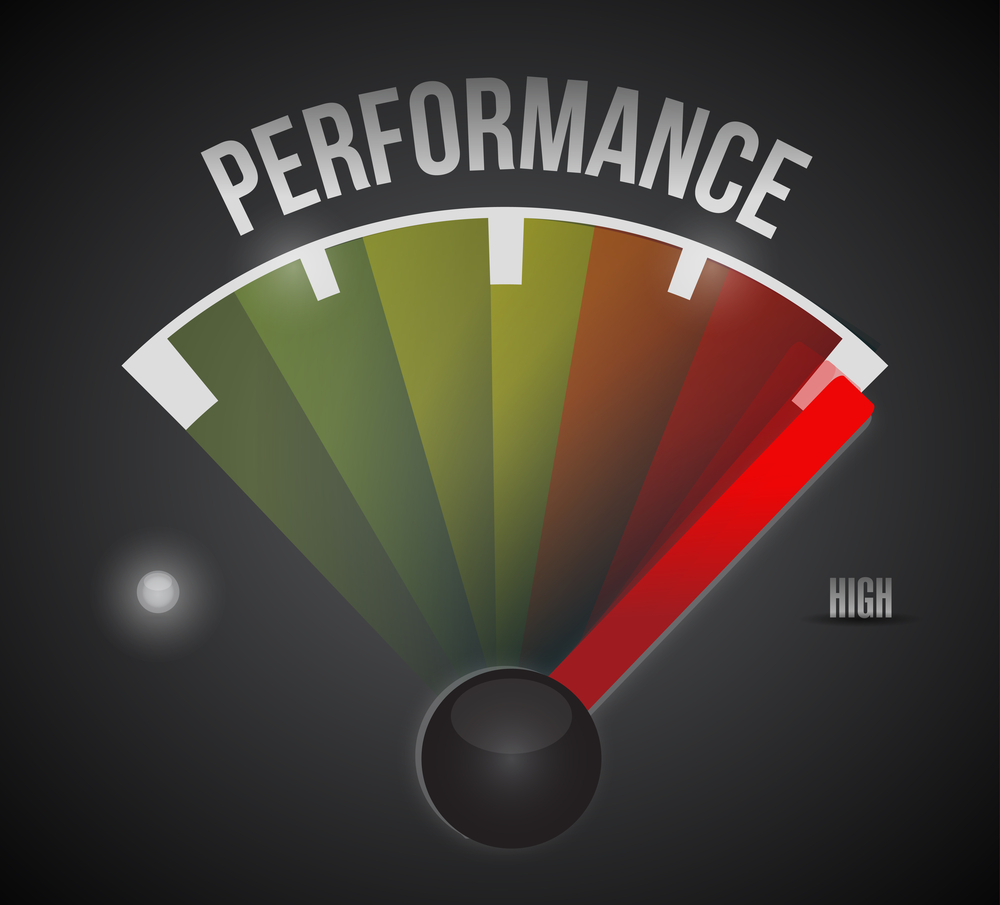What does IT performance really mean?

IT is moving into the future, growing beyond its traditional role to become a center of innovation -- so then why are conversations about IT performance stuck in the past?
Too often, the discussion starts with the hard numbers of quantitative performance, what I call "speeds and feeds": details like what kind of processor, memory size, disk I/O or throughput. The problem is that using these metrics to evaluate the performance of your IT -- whether solutions, service providers or the organization itself -- comes hopelessly short of determining the value that IT is bringing to its new task of leading digital transformation.
Don’t get me wrong, measures of technical performance are of vital importance. But once you’ve ensured that you have the technical performance required to power your applications, what’s next? What does IT performance mean for the complex, interconnected, innovative IT organization of today and tomorrow?
At the end of the day, each technical metric supports a greater business objective, whether that is fixing a problem or driving business transformation for an organization. The definition of IT performance must transcend "speeds and feeds" to encompass what technical performance enables your IT and your company to do, or in other words, how your IT is supporting your organization’s purpose.
That’s the true measure of value when it comes to IT. So how do you get there?
The Right Data Used in the Right Way
One of my serious hobbies is racing cars, and whether I’m on or off the track, measuring performance is of utmost importance. Optimizing my race performance relies on capturing and analyzing data, but it’s not enough to just know the max speed or how much horsepower I’m working with. That kind of data has to be tied to and measured against outcomes.
How is IT moving the needle for the organization? What tweaks can IT make to improve the performance of your applications? How can IT contribute more value to the business? The answers to these questions have to start with a focus on the right data and then be tied to how it actually impacts outcomes.
For example, 99.999 percent uptime and ultra-low latency are certainly features of many high-performance IT solutions. But if it’s unclear to you why five 9s or shaving 10 milliseconds off your average latency matters, whether it even matters at all, or what it means for your applications and your business, then these numbers aren’t truly helping you make decisions about performance; they’re just numbers.
And with more technology than anyone could possibly use coming out at a rapid clip, understanding the data that matters to your applications and using it to decisively evaluate new tech becomes even more key.
High-Performance IT Solutions Create Room to Focus
Once it’s clear what data matters to your business and why, the continuous process of evaluating and optimizing the performance of your IT solutions can begin. Distinguishing the signal from the noise creates the space needed to get the most of your IT infrastructure and providers.
One straightforward way to do this is to determine which activities and functions are important for your IT organization to control and which can be offloaded to an IT service partner. According to our new survey, The State of IT Infrastructure Management, nearly 8 in 10 IT pros believe they could bring more value to their organization if they spent less time on routine tasks like server monitoring and maintenance.
Add to that the fact that 85 percent of our survey respondents also believe IT must be seen as a center of innovation to succeed. But that’s clearly a challenge given the time and effort devoted to routine tasks.
How much more could your IT organization accomplish with the time you’re getting back by offloading those tasks? That’s for you to discover.
And when you know what tasks are holding value-added, purposeful work back, allocating resources to digital transformation and other mission-critical initiatives will only get easier.
Changing Expectations and Differentiated Performance
We’re past "speeds and feeds": It’s taken for granted that hardware specs will be state-of-the-art. In many cases, compute power is beyond what applications can even use.
In this landscape, enterprise IT organizations aren’t just looking for performance. They’re looking for differentiated performance provided by the kind of products and services that can increase operational performance above and beyond other solutions -- without adding time or complexity to IT organizations already stretched thin.
This is exactly why we’re so proud of Performance IP, our patented route optimization engine, which uses intelligent automation to put outbound traffic on the lowest latency route, without any need for human intervention.
But it’s not just about services that other IT providers may not have; it’s about creating visibility and predictability and how that can unlock unrealized operational efficiency and better decision-making -- just by taking things off our customers’ plates.
Technology is on the bleeding edge, but IT organizations aren’t necessarily in the same position. IT doesn’t have to be slow-moving. The sign of a high-performance IT solution or service provider is that they are enabling your organization to focus on what matters: agility, innovation, staying ahead of the rapidly developing technology and empowering your purpose.
Image Credit: alexmillos / Shutterstock

Josh Williams is Vice President of Solutions Engineering at INAP. His team enables enterprises and service providers in the design, deployment and management of a wide range of data center and cloud IT solutions.
